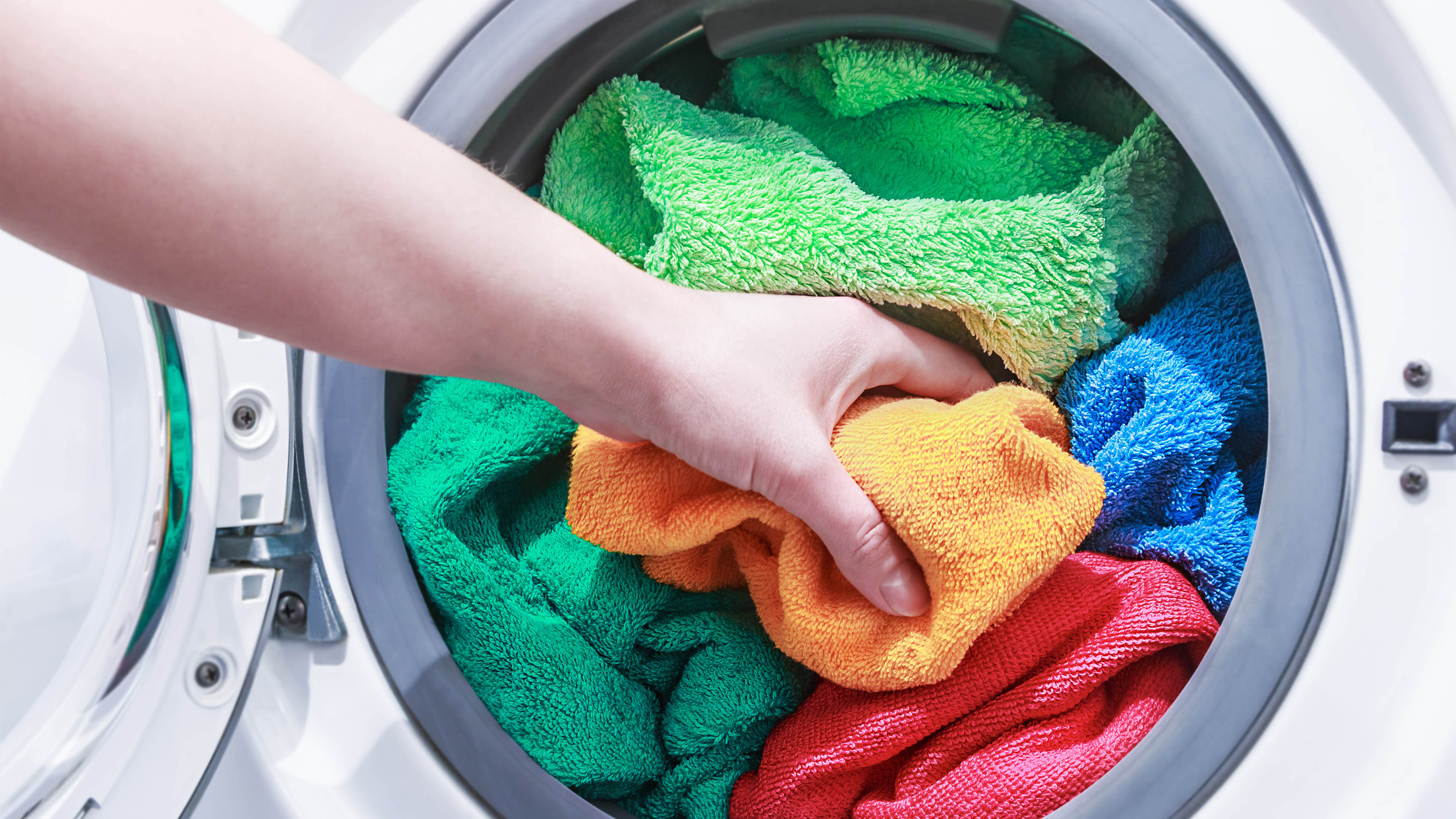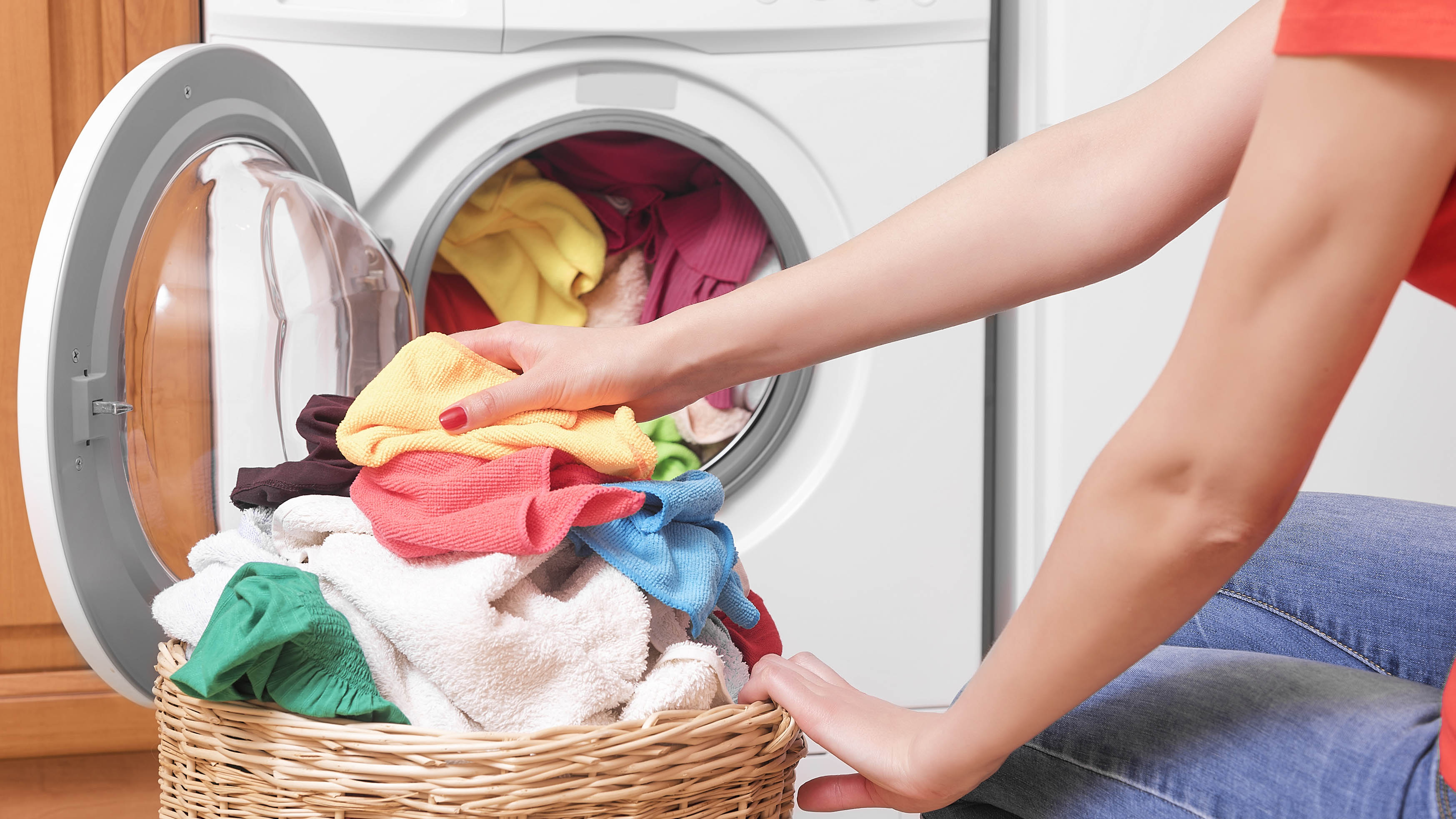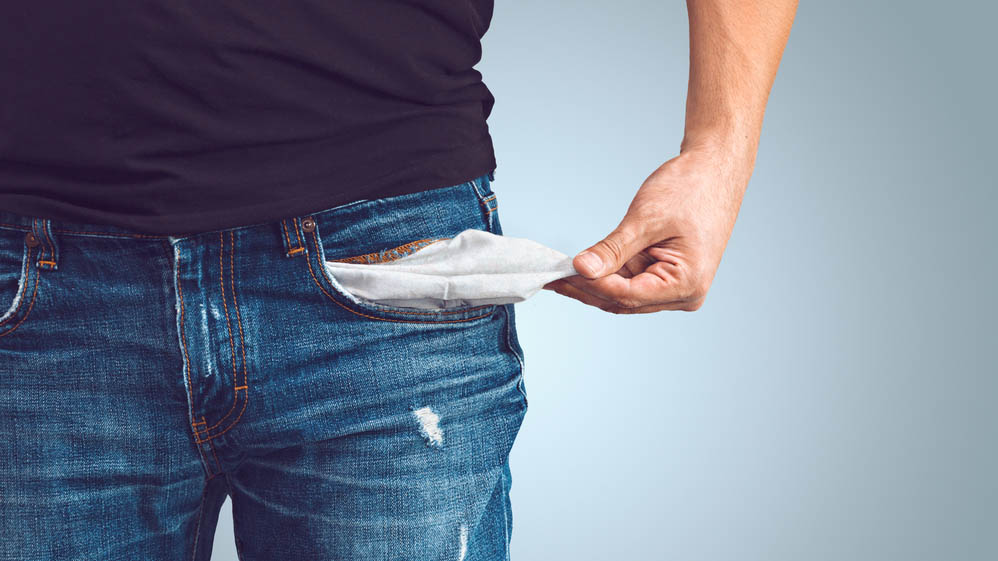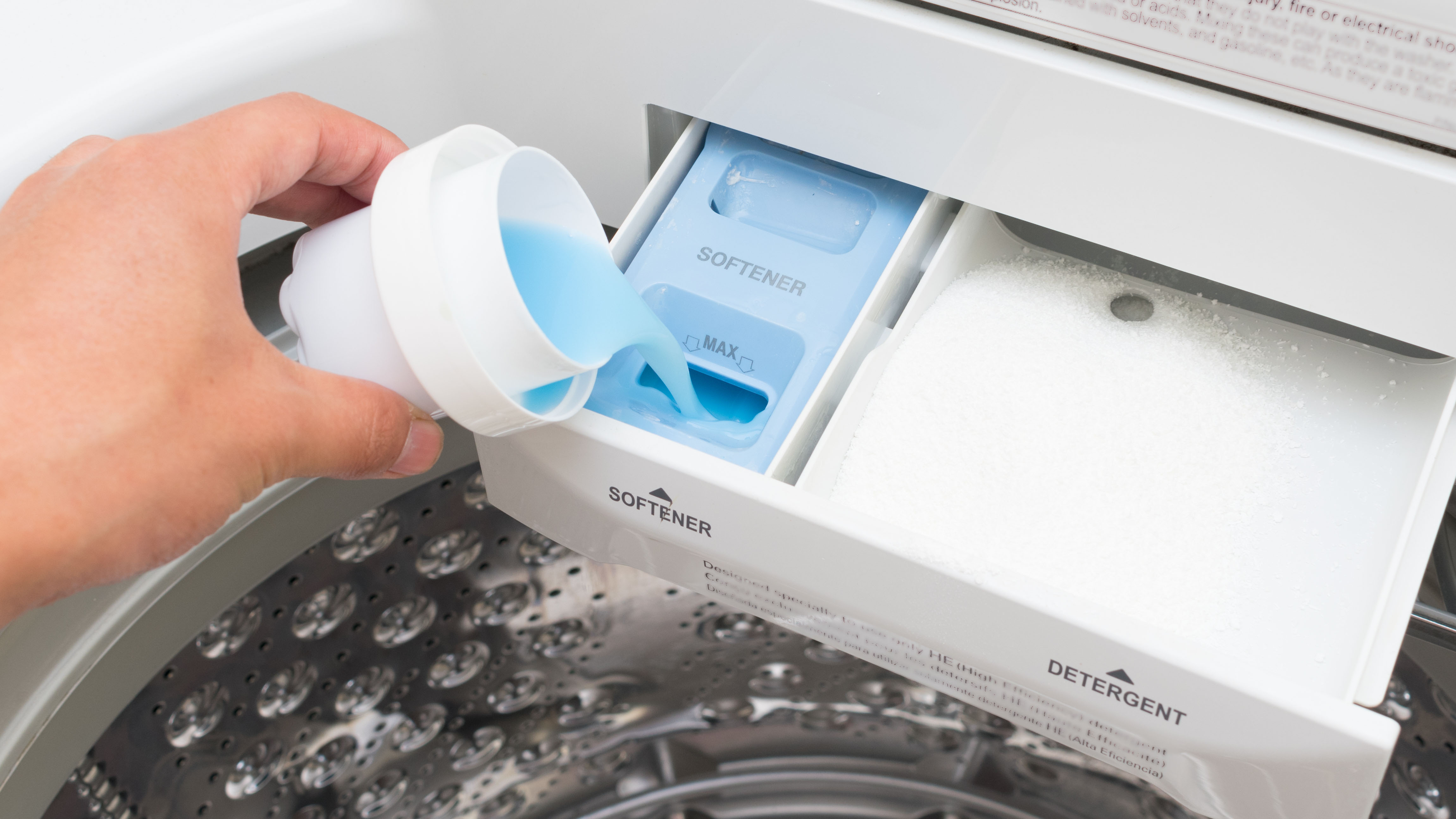7 mistakes that could be damaging your washing machine

When it comes to laundry day, most of us will want to get through the chore as quickly as possible. That means we throw the clothes into the washing machine, set our routine setting, and then transfer to one of the best clothes dryers as seamlessly as we can. However, did you know that there are several common mistakes that we often make during this process? Mistakes which can damage even the best washing machines and shorten its lifespan?
You may not realize you’re guilty of some of these habits. Or perhaps you’ve gradually picked them up over time. In either case, you will want to avoid them at all costs. Otherwise, you’re not helping your washing machine last longer. If you want to know which habits to break, here are 7 ways you’re damaging your washing machine without knowing it.
1. Overloading

Never overload your washing machine. While you will want to make the best use of the space, and make the most of the wash, overcrowding the drum won't do your machine, or your clothes, any favors. Firstly, the load won't be washed as effectively — this is because the detergent won’t be able to fully reach your clothes for an even application. Your clothes also won't have room to agitate, which impairs stain removal.
An overloaded washing machine will sometimes fail to spin as well. This is because it becomes unbalanced from its excess weight. If it tries to force itself to spin, it can vibrate and cause a lot of damage to the machine, as well as your floor, in the process. The bearings and belt, in particular, can take a lot of strain from this.
How can you tell whether you’re overloading your machine? You shouldn’t be forcing the last of your items in there, or filling up every last crevice with rogue socks. The washing machine should ultimately be close to full, but not stuffed. Opt to hold back excess items for the next wash when necessary. It will be better for your clothes as well as the machine.
It's easy to overload a washing machine whn washing bed sheets, but this is one of the 7 mistakes to avoid when washing bedding.
2. Overuse

Washing machines are so quick and simple to use that it can become easy to over-rely on them. And with separate washes recommended for whites, colors, delicates, sportswear and bedding (the list goes on), before you know it, you can end up running your washing machine from morning to night. However, you should try not to overuse your machine.
Get instant access to breaking news, the hottest reviews, great deals and helpful tips.
Just as it is with any appliance, more use equals more wear and tear. Plus, a machine which is used more regularly will ultimately have to work harder. But, there are ways you can reduce this frequency and still get the same results.
First, make sure you are filling the drum to its full capacity, but without overloading it. Only wash your items as often as required as well — jeans can be worn several times before needing to go in the washing machine. If you need to run your washing machine more than once, try to space out the cycles as well. One wash every couple of days will be better for your machine than successive loads.
3. Not emptying pockets

Before you toss your dirty washing into the drum, it’s essential that you check for any rogue items in the pockets. Should a forgotten tissue find its way into the machine, this can cause a gross mess, which you then need to spend time removing. Tissues can clog your washing machine’s drain too, so save yourself some trouble and keep them out.
Watch out for any hard or sharp objects too, such as loose change or keys. Should one of these wind up in the drum, you will soon know about it. As the items hit the walls and the door of the washing machine, they will make quite a ruckus. Such items can cause some damage in the process too — on top of scratching your machine and tearing holes in your clothes, they can easily become wedged in the drain pipe and require removal.
Check every pocket as you load your items into the washing machine. Turn them inside out to be sure that they’re empty. If you suspect an item is loose in the machine, stop the wash as soon as possible to remove it. Loose items may also find their way into your drain pump filter — found on the front of a front load washer.
4. Not preparing the items

Even after the pockets are emptied, your clothes should be prepared for the wash as well. Some items can cause damage if care isn’t taken. For instance, zippers should always be zipped up. This prevents the ‘teeth’ from scratching the drum and catching on other items as they rotate. Bra wires can similarly do some damage. Should one of these come loose, it can end up wedged in your machine, leading to expensive repairs. Only wash bras which say they are machine washable on the care label, and use a laundry bag to prevent damage, such as the Inzon Delicates Mesh Laundry Bags ($7.99, Amazon).
Zippers should always be zipped up. This prevents the ‘teeth’ from scratching the drum and catching on other items as they rotate.
Bulky items, such as duvets and pillows, can cause damage if not properly loaded. This is because the weight when washing such items often isn’t balanced. If the drum is empty, with the exception of a single pillow or duvet, the washing machine will shake and vibrate as it builds up spin speed — you've got one heavy item being thrown across the drum which can move the washing machine on impact. It will likely not reach its full spin cycle, but even if it does, your washing machine and floors can take some serious damage in the interim. Throw a secondary pillow or some extra towels into the load to better distribute the weight and prevent this problem.
5. Adding fabric softener

You might use fabric softener with every wash — and why wouldn’t you? It softens the load, reduces static and makes it smell good too. The trouble is, fabric softener is no friend to your clothes, the environment or indeed your washing machine. With every wash, it’s creating a layer of residue on the surface of the fabric, which prevents it from absorbing as effectively. This means the items won't pick up detergent as well as they should, so it essentially prevents you from thoroughly cleaning your clothes. Other items require this absorbance to function properly as well, such as towels or sportswear.
Fabric softener wont do any good to your washing machine either. If you’ve ever cleaned out your detergent drawer, you will know the thick, gummy and slimy residue it can leave behind. It’s not hard to believe that such residue can also find its way in the drain and pipes, causing blockages. You will need to learn how to clean a washing machine thoroughly to deal with such residue. Don’t ignore residual fabric softener, as it can promote mold in your washing machine.
We recommend steering clear of fabric softener and using distilled white vinegar instead. Add ¼ cup distilled white vinegar to the final rinse cycle to help soften your laundry. Never add bleach if you’re using vinegar though — combining these creates a lethal chlorine gas.
For more information, here’s why fabric softener is bad news for you and your washing machine.
6. Letting it shake

If you’ve noticed your washing machine seems to take off as it starts to spin, you’re not alone. Whether it’s overloaded, washing a single duvet or simply sitting unevenly, all kinds of situations can cause a washing machine to vibrate as it tries to spin. While such a noise stops once it reaches full spin, you shouldn’t ignore it. As your washing machine throws itself around, it can cause internal damage, and damage to your floors and home as well. Plus, as it slows itself down, the thrashing will only start up again.
Try to work out what’s causing your washing machine to vibrate. If it’s a loading problem, you can change your habits accordingly. Otherwise, there’s a few areas to check. Use a spirit level to confirm the washing machine’s evenness, or use your hands to see if it tilts. The feet may need adjusting to level it out. If you’ve got a new machine, it's also worth checking if the transit bolts have been removed — these can be found around the back of the machine. Be sure to fix this problem before you use your washing machine again, otherwise it can cause irreparable damage.
For more guidance, see how to fix a shaky washing machine.
7. Loading the wrong items

While our washing machines are certainly versatile, you can’t just go throwing anything in there. Certain items will cause damage as they agitate, ruining the item as well as the machine in the process. For instance, sequins can melt or tear away from embellished items, and find themselves wedged in your washing machine’s components. Purses with heavy, metal clasps can also make some noise and do some damage as they rotate. Should you wash anything with a flammable stain, this can pose a fire hazard to your washing machine as well. So, it’s imperative that you take care with what you wash.
For more information on this, check out 15 things you should never put in a washing machine and you could be ruining your washing machine without knowing it try these 3 cheap hacks to extend its life.
More from Tom's Guide

Katie Mortram used to be a Homes Editor for Tom's Guide, where she oversaw everything from kitchen appliances to gardening tools, as well as smart home tech. Specializing in providing expert advice for cleaning and home manintenance, she now works as Household Advice Editor for Good Housekeeping.
